41 cholesterol in food labels
Should I check the cholesterol on nutrition labels? Major dietary cholesterol contributors — meat, fish, and chicken — often have no label. Having less than 4-6 oz of those per day and less than 2-4 eggs per week will generally keep your cholesterol reasonable. And that's a smart idea anyhow, to leave room for more artery-friendly fruits, veg, whole grains, beans, nuts, seeds, etc." Learn About Cholesterol Free Food Labels | Chegg.com Under the United States Department of Agriculture (USDA), a low-cholesterol label is required to contain fewer than 20 milligrams or 2 grams of saturated fat per series on food. There is no cholesterol in cholesterol-free food. Cholesterol-free can be a marketing tactic often utilized for purchasing promotion.
Figuring Out Food Labels (for Kids) - Nemours KidsHealth A food with 5% or less of a nutrient is low in that nutrient. A food with 10%–19% of a nutrient is a good source of that nutrient. A food with 20% or more of a nutrient is high in that nutrient. The information on food labels is based on an average adult diet of 2,000 calories per day.

Cholesterol in food labels
11 High Cholesterol Foods — Which to Eat, Which to Avoid - Healthline Eggs, cheese, shellfish, pastured steak, organ meats, sardines, and full-fat yogurt are cholesterol-rich, nutritious foods that make healthy additions to your diet. 8-11: High cholesterol... Understanding Ingredients on Food Labels - American Heart Association You might see sugar listed as the fourth ingredient in a product and think it's not so bad. But sugar can also be listed as high-fructose corn syrup or corn syrup, agave nectar, barley malt syrup or dehydrated cane juice, to name just a few. Read more about sugar and sweeteners. Sodium also has several names. Understanding Food Nutrition Labels | American Heart Association Mar 06, 2017 · When the Nutrition Facts label says a food contains “0 g” of trans fat, but includes “partially hydrogenated oil” in the ingredient list, it means the food contains some trans fat, but less than 0.5 grams per serving. So, if you eat more …
Cholesterol in food labels. Picking Healthy Proteins | American Heart Association Nov 01, 2021 · Look for the Heart-Check mark on food labels to find products that align with the American Heart Association’s recommendations for an overall healthy eating pattern. Preparation Tips. Feature vegetables, whole grains, beans, peas, lentils and fruits, with smaller portions of fish, low-fat or nonfat dairy, or lean unprocessed meats if desired. Cholesterol On Food Labels - Cholesterol Cholesterol On Food Labels. Most individuals should make every effort to maintain their cholesterol under 200 milligrams/deciliter (mg/dl), or regarding 5.2 millimols/litre (mmol/L), if you have a hereditary background of heart disease or you are at a high risk for creating a stroke or a heart disease. How To Read Cholesterol Labels - HealthyCholesterolClub.com In fact, about 25% of the cholesterol in your blood comes from the food you eat. What To Look For On Nutrition Labels Nutrition labels on foods tell you how much of each nutrient or fat is in the item, based on the recommended serving size. The numbers and percentages are written for a 2,000 calorie/day diet. Reading Food Labels | ADA - American Diabetes Association Sometimes it feels like food labels are written in another language. We're here to help you decipher them so you can make the most informed eating decisions. ... Fat free vs. low fat vs. reduced fat. Low cholesterol vs. reduced cholesterol. It’s confusing, and it can be tough when you’re trying to make the right choices. Put food labels to ...
Easy Guide to Understanding Food Labels When You Have High Cholesterol ... This means that your food may contain trans-fat even if the food label says 0 gram. Therefore it's important to check the ingredient list (more on this later). Cholesterol guidelines currently recommend having not more than 300 milligrams of cholesterol per day, and if you have heart disease, aim for less than 200 milligrams per day. 2. Understanding Food Nutrition Labels | American Heart Association When the Nutrition Facts label says a food contains "0 g" of trans fat, but includes "partially hydrogenated oil" in the ingredient list, it means the food contains some trans fat, but less than 0.5 grams per serving. So, if you eat more than one serving, you could end up eating too much trans fat. High Cholesterol: Prevention, Treatment and Research Selective cholesterol absorption inhibitors (like ezetimibe) prevent the absorption of cholesterol from the intestine and help removal in the liver. ... Purchase foods with “no trans fats” on the labels. Know your cholesterol-lowering drugs. Some of these medications interact with grapefruit and pomegranate (and their juices). Pay close ... What do cholesterol-free and low-cholesterol food labels mean? - Sharecare Cholesterol free means that the food must contain fewer than 2 milligrams of cholesterol and 2 grams or less of saturated fat per serving. Please realize that a food claiming to be low in cholesterol or cholesterol free does not mean the food is fat free. Vegetable oils contain no cholesterol, but they are 100% fat.
Cholesterol: Top foods to improve your numbers - Mayo Clinic Trans fats, sometimes listed on food labels as "partially hydrogenated vegetable oil," are often used in margarines and store-bought cookies, crackers and cakes. Trans fats raise overall cholesterol levels. The Food and Drug Administration has banned the use of partially hydrogenated vegetable oils by Jan. 1, 2021. How to Read the Nutrition Facts Label on Packaged Foods - WebMD Sugar Alcohols You may see these reduced-calorie sweeteners (which include sorbitol, xylitol, and erythritol) in products labeled "no sugar added" or "sugar free." They have fewer calories than... Food Labels: Fat & Cholesterol | Home & Garden Information Center The 2015 Dietary Guidelines for Americans recommends the following intakes of fat and cholesterol every day: total fat—20 to 35% of calories, depending on age and gender (65 grams for the 2,000-calorie intake level used in the Daily Value)* saturated fat—less than 10% of calories** trans fat— keep as low as possible What Does Cholesterol Mean On Food Labels - Cholesterol What Does Cholesterol Mean On Food Labels. Most individuals ought to aim to preserve their cholesterol under 200 milligrams/deciliter (mg/dl), or about 5.2 millimols/litre (mmol/L), if you have a genetic background of heart disease or you go to a high risk for developing a stroke or a heart disease.
Nutrition Facts table formats - Food labels - Canadian Food … Although the Food and Drug Regulations (FDR) require the declaration of a Nutrition Facts table (NFt) on most prepackaged products, the information may be presented in a variety of different formats. Industry has considerable flexibility in presentation, and may choose from several different format "families". Within each format family, further choices of presentation style are …
Cholesterol | British Dietetic Association (BDA) Look at food labels. Compare labels and choose foods with green or amber labels for ‘saturates’. Foods are high (red) in saturated fat if they contain more than 5g of saturates per 100g. Foods containing 1.5g or less per 100g are low (green) in saturated fat. ... Cholesterol_food-fact-sheet.pdf 71 KB. Download fact sheet. Source(s)
Cholesterol Content of Foods | Patient Education | UCSF Health Use the following tables to check the cholesterol and fat content of the foods you eat. This will help you keep track of your daily cholesterol intake. Note: Cholesterol is only found in animal products. Fruits, vegetables, grains and all other plant foods do not have any cholesterol at all.
10 Natural Ways to Lower Your Cholesterol Levels - Healthline Nov 23, 2021 · Weight loss reduces total cholesterol, in part by decreasing the creation of new cholesterol in the liver. Weight loss also helps decrease LDL (bad) cholesterol and increase HDL (good) cholesterol. 7.
Food Labels 101 - Penn Medicine Cholesterol. Foods high in cholesterol can increase your risk for heart disease. So, look for foods low in cholesterol, such as those found in a plant-based diet. Fats - Saturated and Trans. If the label indicates that the food is high in saturated fat (no more than 20 grams total for the day), then it is not an ideal food for a heart healthy diet.
Understanding Ingredients on Food Labels - American Heart Association Mar 06, 2017 · Food labels are an important source of information about calories and the nutritional value of the foods you eat, a crucial tool in building a heart-healthy diet. ... sodium, added sugars and cholesterol. There are a few simple things to remember to help you navigate these lists, said Penny Kris-Etherton, Ph.D., R.D., distinguished professor of ...
How Do I Read "Nutrition Facts" Labels? - GCHD How do I read the nutrition facts label? Most foods in the grocery store have a nutrition label and list of ingredients. Claims like "low cholesterol" and "fat free" can be used only if a food meets standards set by the government. The "Nutrition Facts" label contains this information: • Serving Size — If you eat double the ...
Food Calculator: Carbs, Calories, Fat, Protein and More - WebMD Jan 16, 2015 · Get the nutrition lowdown on all your meals and everything in between. Find out the calories, carbs, fat, fiber, and more in over 37,000 foods and drinks. Whether you're eating out or dining in ...
How to Understand and Use the Nutrition Facts Label | FDA - U.S. Food ... Dietary fiber, vitamin D, calcium, iron ad potassium are nutrients on the label that Americans generally do not get the recommended amount of. They are identified as nutrients to get more of....
Reading food labels: Tips if you have diabetes - Mayo Clinic Food labels can be an essential tool for diabetes meal planning. COVID-19: Advice, updates and vaccine options. ... Look for foods with fats, cholesterol and sodium on the low end of the Daily Value; keep fiber, vitamins and minerals on the high end. If your doctor or registered dietitian recommends more or less than 2,000 calories a day, you ...
How to Tell if Foods Are Low or High Cholesterol - Verywell Health Each food label should include milligrams (mg) of cholesterol per serving. Don't forget to look at the serving size as well. Sometimes products can seem low in cholesterol, but if you eat more than the recommended servings at one sitting, then you can end up consuming a lot more cholesterol than you intended.
Understanding Food Nutrition Labels | American Heart Association Mar 06, 2017 · When the Nutrition Facts label says a food contains “0 g” of trans fat, but includes “partially hydrogenated oil” in the ingredient list, it means the food contains some trans fat, but less than 0.5 grams per serving. So, if you eat more …
Understanding Ingredients on Food Labels - American Heart Association You might see sugar listed as the fourth ingredient in a product and think it's not so bad. But sugar can also be listed as high-fructose corn syrup or corn syrup, agave nectar, barley malt syrup or dehydrated cane juice, to name just a few. Read more about sugar and sweeteners. Sodium also has several names.
11 High Cholesterol Foods — Which to Eat, Which to Avoid - Healthline Eggs, cheese, shellfish, pastured steak, organ meats, sardines, and full-fat yogurt are cholesterol-rich, nutritious foods that make healthy additions to your diet. 8-11: High cholesterol...





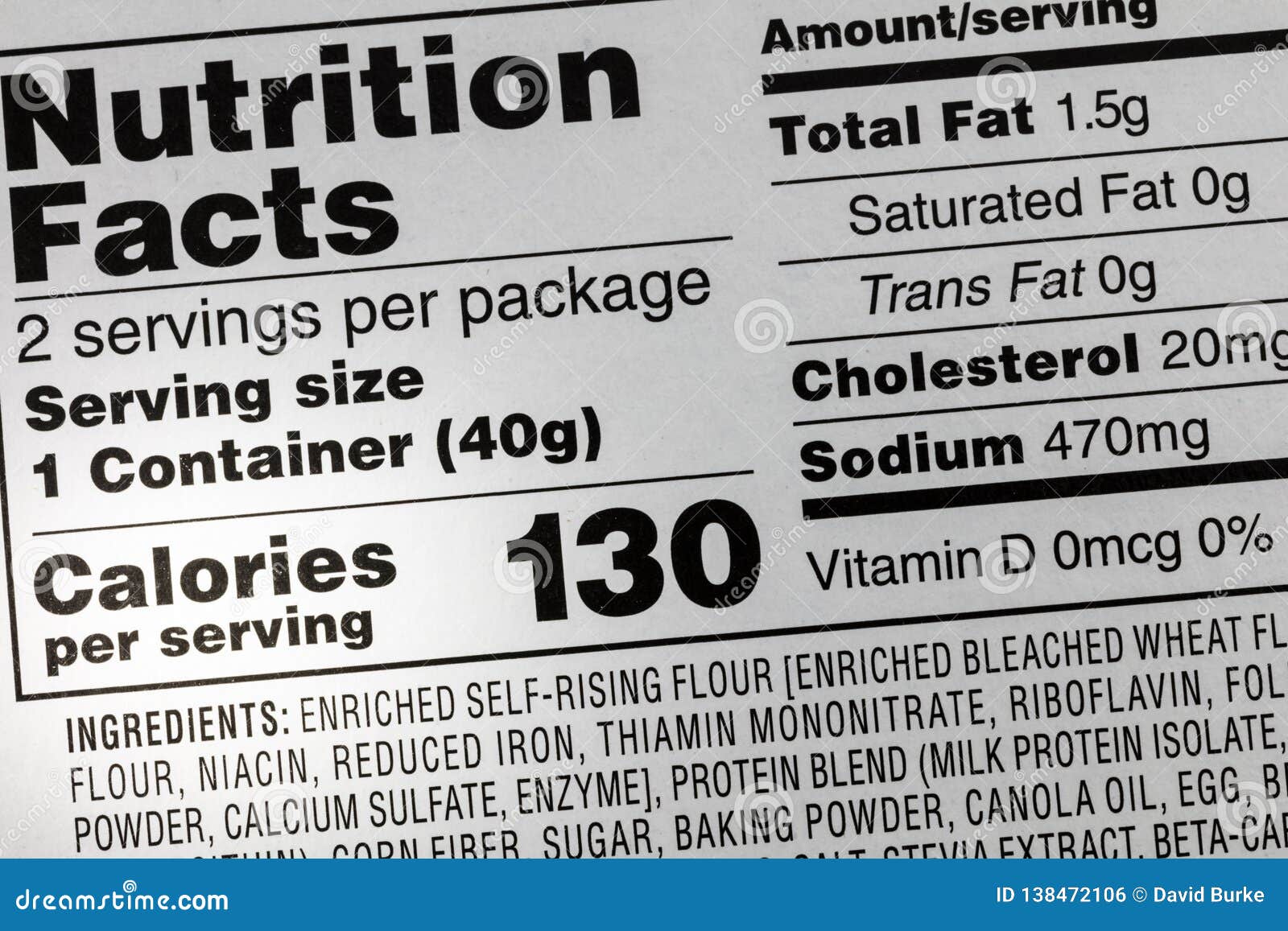


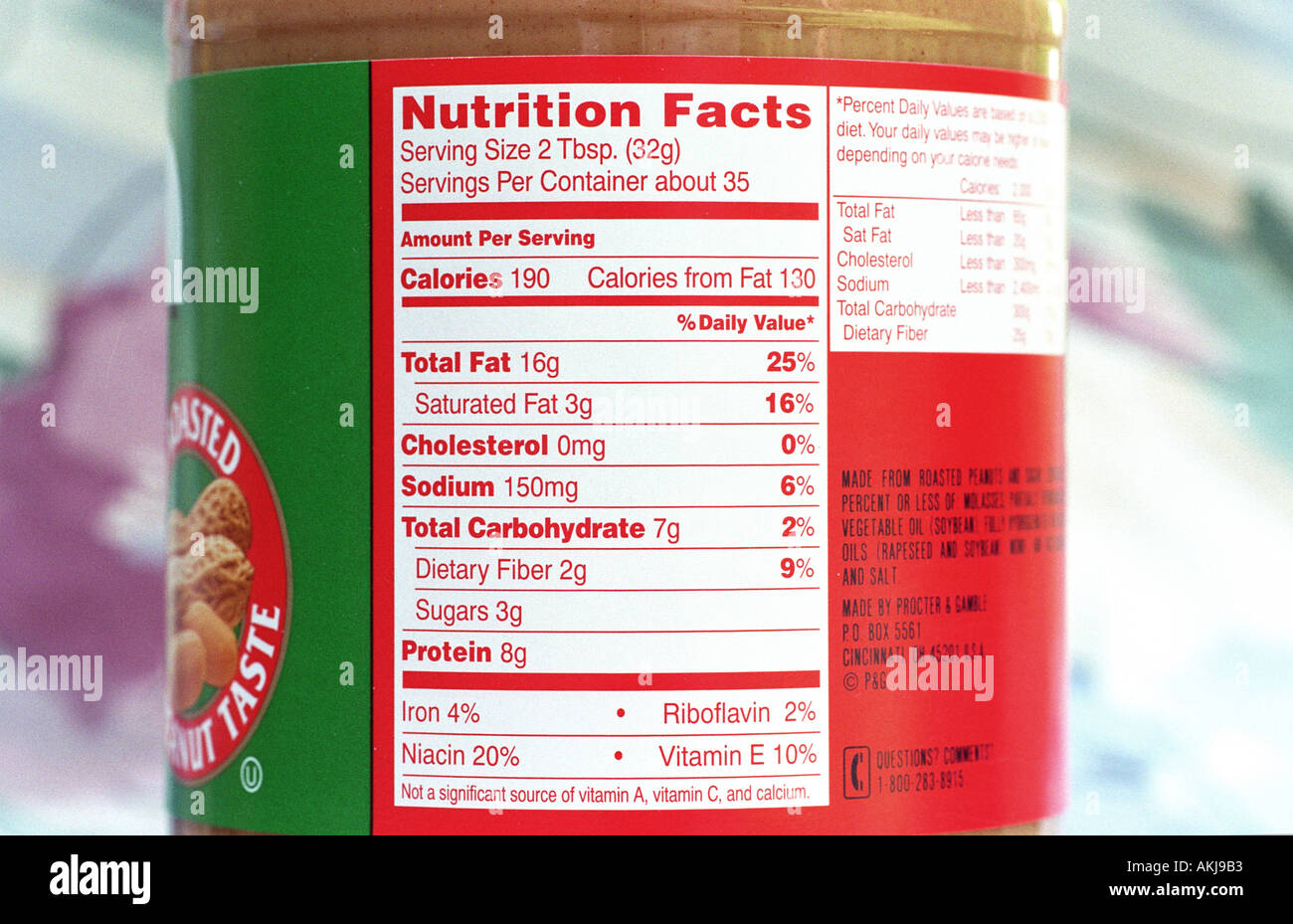

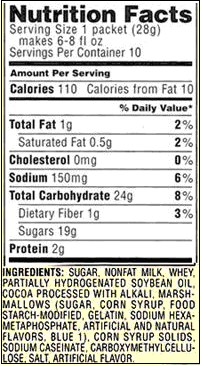


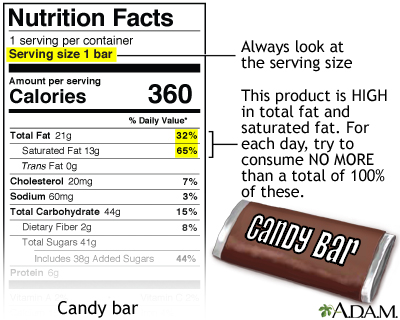





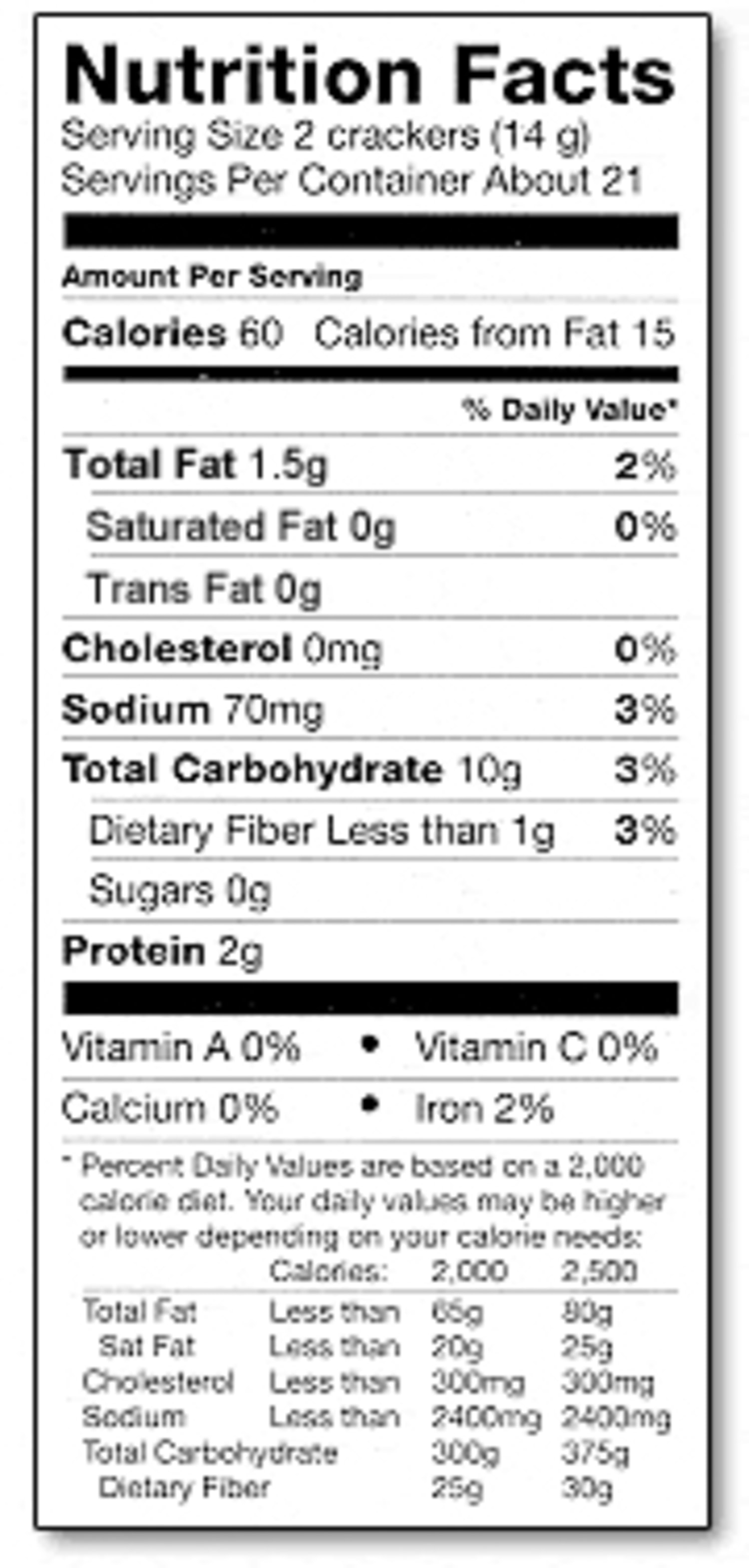

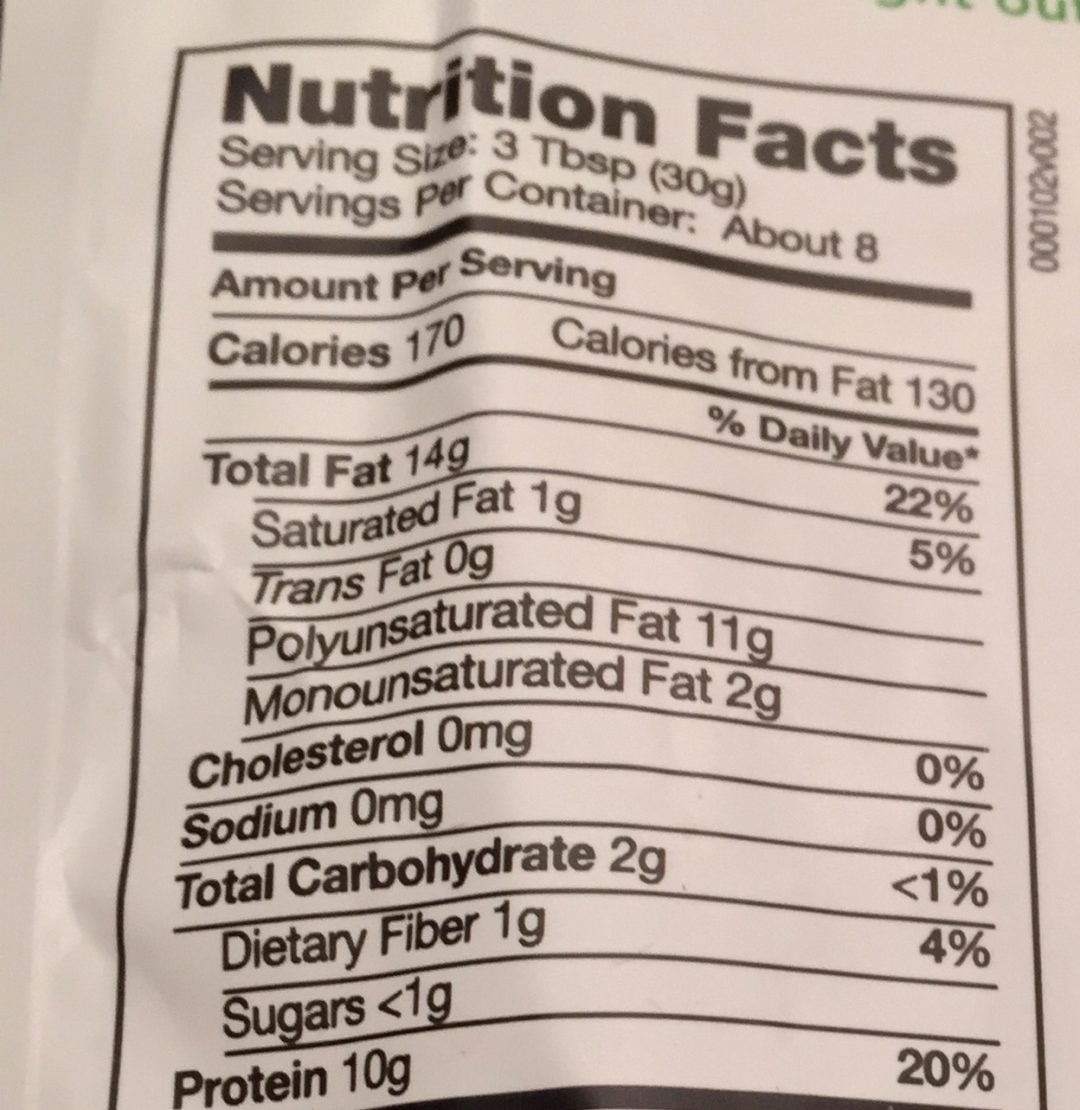


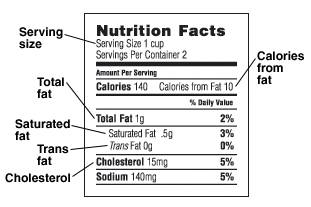

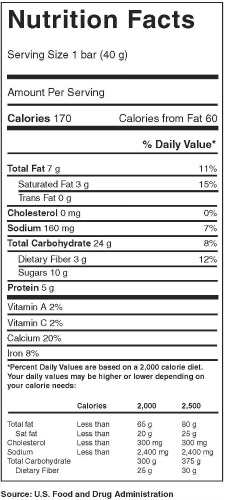
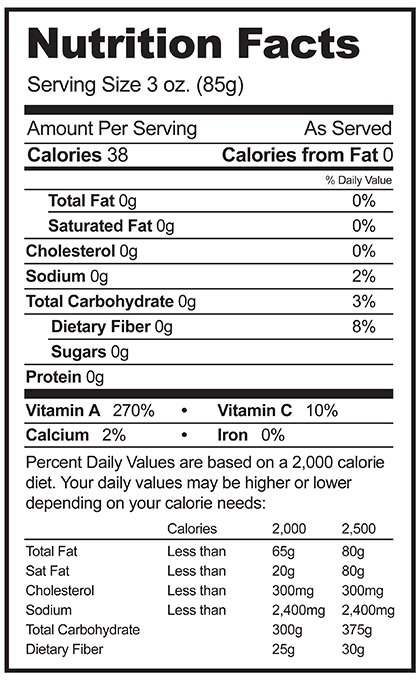

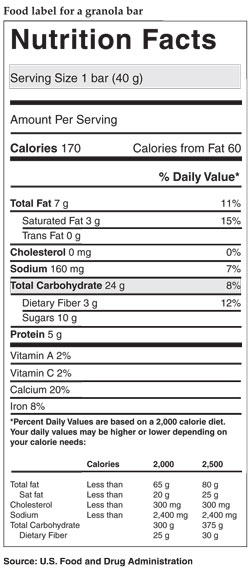


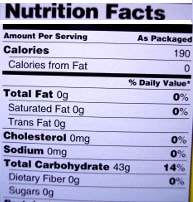




Post a Comment for "41 cholesterol in food labels"